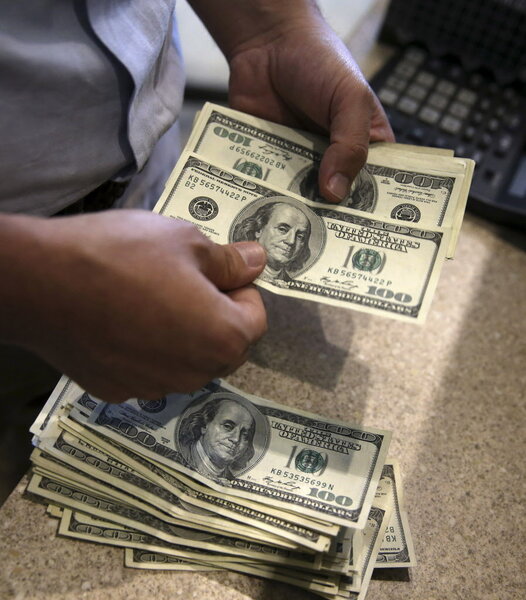How to wire money
Loading...
Wiring money can be a fast way to move funds electronically for big expenses and payments, within the U.S. or abroad. If you’re not familiar with the process, here’s a quick tutorial on how to wire money.
Decide which provider to use
There are two main entities that send wire transfers: banks and nonbank money transfer providers. With banks, there are at least two financial institutions involved, the sender’s and receiver’s. Bank wire transfers within the U.S. can take as little as a few minutes, but expect at least a few days for those that are international.
Services such as MoneyGram and Western Union allow you to move funds to and from bank accounts in the U.S. or internationally. These services also allow you to transfer cash and have the other party pick up the money at a cash office near them. Wire transfers can take as little as a few minutes to several days, depending on the service.
Because a wire transfer is irrevocable and a cash-based one can be anonymous, never send funds to anyone you don’t know well to avoid becoming a victim of a wire transfer scam.
Gather the necessary information
If you’re using your bank to transfer money, you need to have information to identify both ends of the transfer. These details will go into the instructions sent along with the money. When you’re ready to wire money, be sure to have the following:
- Government-issued ID.
- Amount you want to send (with the funds in your account).
- Your bank account number (found on a bank statement, a check or your online account).
And have the following from the person you’re sending money to:
- Recipient’s full name.
- Recipient bank’s name, address and phone number.
- Recipient bank’s transit number or equivalent.
- Within the U.S., this is a nine-digit code called the American Banking Association routing transit number, which can be found here or by asking the recipient.
- Abroad, this is a bank identification code, such as a SWIFT code. SWIFT, or the Society for Worldwide Interbank Financial Telecommunication, uses an eight- or 11-digit code that identifies specific banks internationally and is the standard bank identification code format. Ask the other party for this code.
- Recipient’s bank account number.
- Within the U.S., this can be found on the bottom of a check, in a bank statement or on the bank’s website.
- For transfers abroad, the format varies by country, so ask the recipient for this number.
- Additional information based on your bank’s instructions.
- If the recipient’s bank cannot receive a wire, you’ll need information about the intermediary bank it uses. (Sometimes smaller banks need a go-between bank, especially for international transfers.)
For nonbank providers, bank account information might not be needed, depending on which delivery option you choose, but the recipient’s name and location are required.
Choose the transfer method
Your bank or nonbank provider may let you send a wire transfer in several ways, such as online, through telephone banking or at a bank branch. The methods can vary in cost, so see what’s available.
Know the fine print
Ask about the transfer’s expected delivery and fees. The average cost at banks is $25 for sending wires domestically and $40 internationally.
Before sending international wires, you have the right by federal law to ask for details about the exchange rate, total fees and taxes collected by all parties, the delivery date and the amount expected to be delivered abroad (separate from fees). You can expect that your bank will give you a receipt after the transfer.
Provide the details to your bank carefully
Whether you speak with a bank teller or fill out a form online, make sure to give all the details carefully. A mistake such as a misspelled name or one missing digit can prevent the recipient from getting the money.
Save the receipt
Financial institutions provide confirmation, such as a transaction number, so you can refer to the specific transfer to resolve issues if any arise.
When wiring money, time can be of the essence, so knowing the steps and required information can make the process go that much faster.
Spencer Tierney is a staff writer at NerdWallet, a personal finance website. Email: spencer@nerdwallet.com. Twitter: @SpencerNerd. This article first appeared at NerdWallet.





